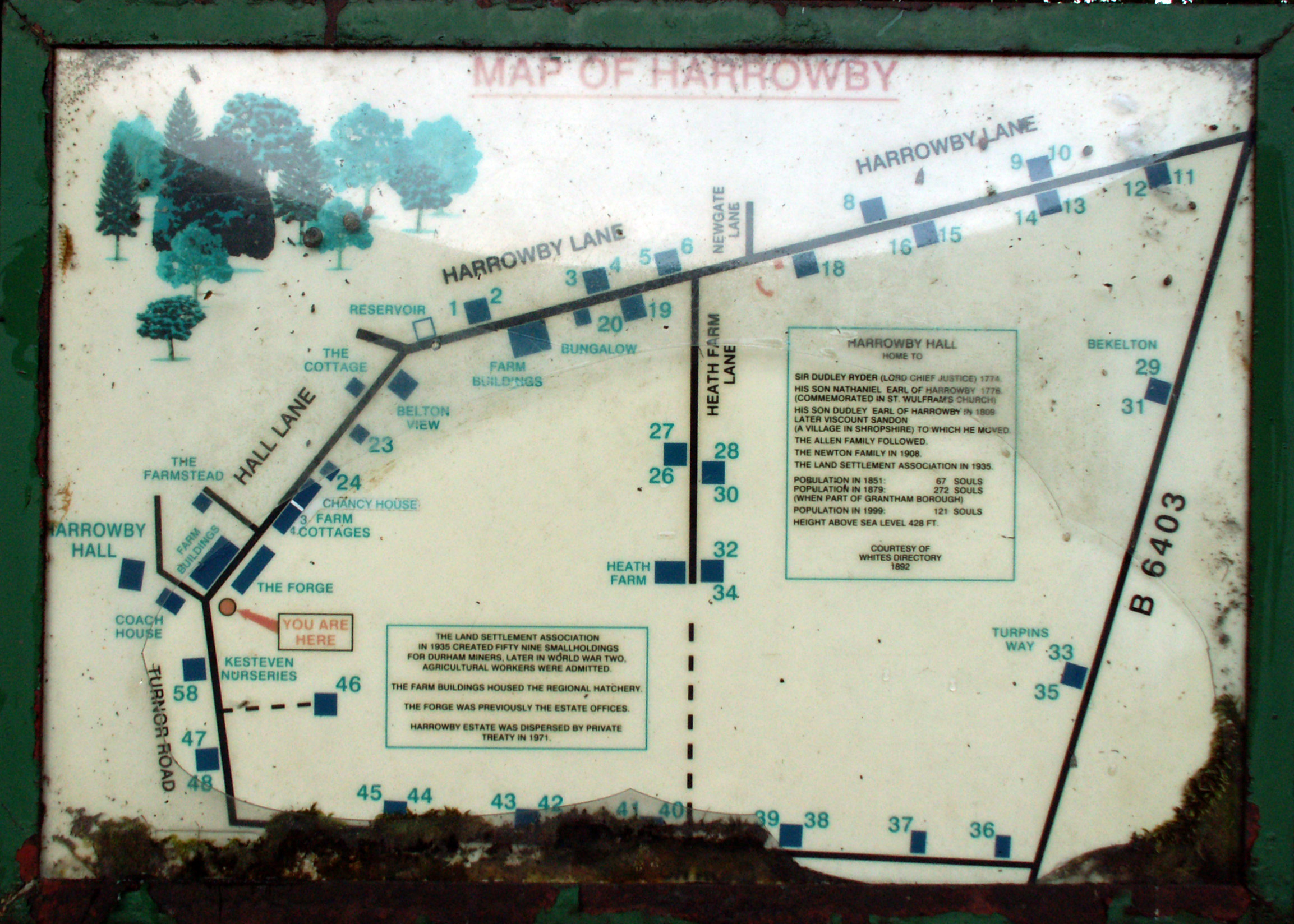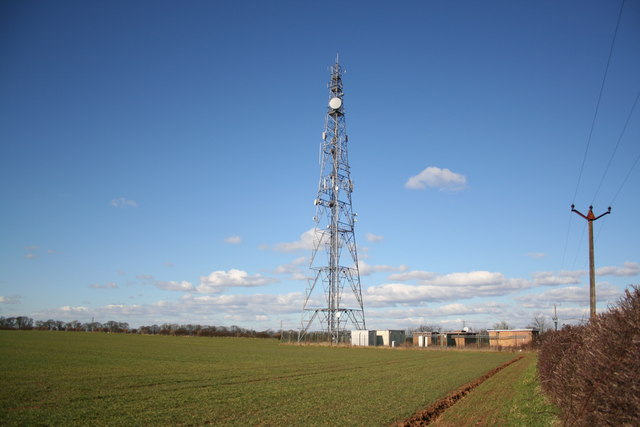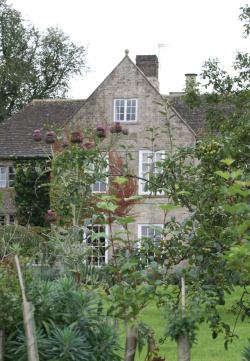|
Londonthorpe
Londonthorpe is a village to the east of Grantham, in the civil parish of Londonthorpe and Harrowby Without, in South Kesteven district of Lincolnshire, England. It lies to the north-east from Grantham, to the west from the B6403 (Ermine Street Roman road), and borders Belton Park in the west. The village is part of the civil parish of Londonthorpe and Harrowby Without. Until 1931 Londonthorpe had been a civil parish in its own right. According to ''A Dictionary of British Place Names'' 'Londonthorpe' derives from the Old Scandinavian ''lundr+thorp'', meaning an "outlying farmstead or hamlet by a grove." In the ''Domesday'' account the village is written as "Lundertorp." The parish is centred on Grade II listed Harrowby Hall,"History of the Parish" ''Londonthorpe and Har ... [...More Info...] [...Related Items...] OR: [Wikipedia] [Google] [Baidu] |
Londonthorpe And Harrowby Without
Londonthorpe and Harrowby Without is a civil parish in the South Kesteven district of Lincolnshire, England. According to the 2001 Census it had a population of 4,344, in 1743 households, increasing to a population of 5,133 at the 2011 census. It includes the village of Londonthorpe and the hamlet of Harrowby, Lincolnshire. Originally a township of Grantham, Harrowby was created a civil parish in 1866, and in 1894 it was split into two separate civil parishes, Harrowby Within, and Harrowby Without. In 1909 Harrowby Within was abolished and merged with the town of Grantham. In October 1930 Harrowby Without was reduced in size to enlarge the town, and in 1931 the parish was abolished and merged with Londonthorpe and Spittlegate Without to create Londonthorpe and Harrowby Without civil parish. Geography The parish is bounded on the east by the High Dyke (Ermine Street), the modern B6403 road. The Southern boundary follows traditional field lines from near ''Griffs Plantation ... [...More Info...] [...Related Items...] OR: [Wikipedia] [Google] [Baidu] |
Grantham
Grantham () is a market and industrial town in the South Kesteven district of Lincolnshire, England, situated on the banks of the River Witham and bounded to the west by the A1 road. It lies some 23 miles (37 km) south of the Lincoln and 22 miles (35 km) east of Nottingham. The population in 2016 was put at 44,580. The town is the largest settlement and the administrative centre of South Kesteven District. Grantham was the birthplace of the UK Prime Minister Margaret Thatcher. Isaac Newton was educated at the King's School. The town was the workplace of the UK's first warranted female police officer, Edith Smith in 1914. The UK's first running diesel engine was made there in 1892 and the first tractor in 1896. Thomas Paine worked there as an excise officer in the 1760s. The villages of Manthorpe, Great Gonerby, Barrowby, Londonthorpe and Harlaxton form outlying suburbs of the town. Etymology Grantham's name is first attested in the Domesday Book (1086); its orig ... [...More Info...] [...Related Items...] OR: [Wikipedia] [Google] [Baidu] |
Harrowby Hall
Harrowby Hall is a Grade II* listed building in Harrowby, Lincolnshire, England. The Hall was the family home of the Ryder family and the former home of Nathaniel Ryder, 1st Baron Harrowby. It was purchased from the Rolt family by Sir Dudley Ryder in 1754. From 1935 to 1971 Harrowby Estate contained 59 smallholdings as part of the Land Settlement Association scheme."History of the Parish" lincolnshire.gov.uk; retrieved 19 June 2011 University of Reading. Retrieved 18 August 2011 References External links [...More Info...] [...Related Items...] OR: [Wikipedia] [Google] [Baidu] |
Land Settlement Association
The Land Settlement Association was a UK Government scheme set up in 1934, with help from the charities the Plunkett Foundation and the Carnegie Trust, to re-settle unemployed workers from depressed industrial areas,"Land Settlement Association" University of Reading. Retrieved 18 August 2011 particularly from and Wales. Between 1934 and 1939 1,100 small-holdings were established within 20 settlements. A further five settl ... [...More Info...] [...Related Items...] OR: [Wikipedia] [Google] [Baidu] |
South Kesteven
South Kesteven is a Non-metropolitan district, local government district in Lincolnshire, England, forming part of the traditional Kesteven division of the county. It covers Bourne, Lincolnshire, Bourne, Grantham, Market Deeping and Stamford, Lincolnshire, Stamford. The 2011 census reports 133,788 people at 1.4 per hectare in 57,344 households. The district borders the counties of Cambridgeshire, Leicestershire, Northamptonshire, Nottinghamshire and Rutland. It is also bounded by the Lincolnshire districts of North Kesteven and South Holland, Lincolnshire, South Holland. History The district was formed on 1 April 1974, under the Local Government Act 1972, from the municipal boroughs of Grantham and Stamford, along with Bourne Urban District, South Kesteven Rural District, and West Kesteven Rural District. Previously the district was run by Kesteven County Council, based in Sleaford. Geography South Kesteven borders North Kesteven to the north, as far east as Horbling, where the ... [...More Info...] [...Related Items...] OR: [Wikipedia] [Google] [Baidu] |
RAF Spitalgate
Royal Air Force Spitalgate or more simply RAF Spitalgate formerly known as RFC Grantham and RAF Grantham was a Royal Flying Corps and Royal Air Force station, located south east of the centre of Grantham, Lincolnshire, England fronting onto the main A52 road. History The station opened in 1915 as Royal Flying Corps Station Grantham, becoming RAF Grantham on 1 April 1918 - a name it bore until 1942 when it was renamed as RAF Spitalgate. Throughout the First World War the station focused on flying training, hosting a succession of reserve (Nos 49, 86 (Canadian), 11, and 50) and then training squadrons (the renamed No. 49 (Training) Squadron and 15, 20, and 37, plus No. 39 in 1919) plus several United States Army Air Service squadrons (9th, 50th, 174th, and a detachment of 43rd).Rafweb.orStations - Spitalgate accessed June 2020. Flying training continued at RAF Grantham during the inter-war years; Nos 100 and 39 Squadrons were present for much of the 1920s. No. 3 Group RAF wa ... [...More Info...] [...Related Items...] OR: [Wikipedia] [Google] [Baidu] |
Methuen Publishing
Methuen Publishing Ltd is an English publishing house. It was founded in 1889 by Sir Algernon Methuen (1856–1924) and began publishing in London in 1892. Initially Methuen mainly published non-fiction academic works, eventually diversifying to encourage female authors and later translated works. E. V. Lucas headed the firm from 1924 to 1938. Establishment In June 1889, as a sideline to teaching, Algernon Methuen began to publish and market his own textbooks under the label Methuen & Co. The company's first success came in 1892 with the publication of Rudyard Kipling's ''Barrack-Room Ballads''. Rapid growth came with works by Marie Corelli, Hilaire Belloc, Robert Louis Stevenson, and Oscar Wilde ('' De Profundis'', 1905) as well as Edgar Rice Burroughs’ ''Tarzan of the Apes''.Stevenson, page 59. In 1910 the business was converted into a limited liability company with E. V. Lucas and G.E. Webster joining the founder on the board of directors. The company published the 1920 En ... [...More Info...] [...Related Items...] OR: [Wikipedia] [Google] [Baidu] |
John The Baptist
John the Baptist or , , or , ;Wetterau, Bruce. ''World history''. New York: Henry Holt and Company. 1994. syc, ܝܘܿܚܲܢܵܢ ܡܲܥܡܕ݂ܵܢܵܐ, Yoḥanān Maʿmḏānā; he, יוחנן המטביל, Yohanān HaMatbil; la, Ioannes Baptista; cop, ⲓⲱⲁⲛⲛⲏⲥ ⲡⲓⲡⲣⲟⲇⲣⲟⲙⲟⲥ or ; ar, يوحنا المعمدان; myz, ࡉࡅࡄࡀࡍࡀ ࡌࡀࡑࡁࡀࡍࡀ, Iuhana Maṣbana. The name "John" is the Anglicized form, via French, Latin and then Greek, of the Hebrew, "Yochanan", which means "YHWH is gracious"., group="note" ( – ) was a mission preacher active in the area of Jordan River in the early 1st century AD. He is also known as John the Forerunner in Christianity, John the Immerser in some Baptist Christian traditions, and Prophet Yahya in Islam. He is sometimes alternatively referred to as John the Baptiser. John is mentioned by the Roman Jewish historian Josephus and he is revered as a major religious figure Funk, Robert W. & the Jes ... [...More Info...] [...Related Items...] OR: [Wikipedia] [Google] [Baidu] |
Rood Screen
The rood screen (also choir screen, chancel screen, or jubé) is a common feature in late medieval church architecture. It is typically an ornate partition between the chancel and nave, of more or less open tracery constructed of wood, stone, or wrought iron. The rood screen would originally have been surmounted by a rood loft carrying the Great Rood, a sculptural representation of the Crucifixion. In English, Scottish, and Welsh cathedrals, monastic, and collegiate churches, there were commonly two transverse screens, with a rood screen or rood beam located one bay west of the pulpitum screen, but this double arrangement nowhere survives complete, and accordingly the preserved pulpitum in such churches is sometimes referred to as a rood screen. At Wells Cathedral the medieval arrangement was restored in the 20th century, with the medieval strainer arch supporting a rood, placed in front of the pulpitum and organ. Rood screens can be found in churches in many parts of Europe, h ... [...More Info...] [...Related Items...] OR: [Wikipedia] [Google] [Baidu] |
Victorian Restoration
The Victorian restoration was the widespread and extensive refurbishment and rebuilding of Church of England churches and cathedrals that took place in England and Wales during the 19th-century reign of Queen Victoria. It was not the same process as is understood today by the term building restoration. Against a background of poorly maintained church buildings, a reaction against the Puritan ethic manifested in the Gothic Revival, and a shortage of churches where they were needed in cities, the Cambridge Camden Society and the Oxford Movement advocated a return to a more medieval attitude to churchgoing. The change was embraced by the Church of England which saw it as a means of reversing the decline in church attendance. The principle was to "restore" a church to how it might have looked during the " Decorated" style of architecture which existed between 1260 and 1360, and many famous architects such as George Gilbert Scott and Ewan Christian enthusiastically accepted commis ... [...More Info...] [...Related Items...] OR: [Wikipedia] [Google] [Baidu] |
Commonwealth Of Nations
The Commonwealth of Nations, simply referred to as the Commonwealth, is a political association of 56 member states, the vast majority of which are former territories of the British Empire. The chief institutions of the organisation are the Commonwealth Secretariat, which focuses on intergovernmental aspects, and the Commonwealth Foundation, which focuses on non-governmental relations amongst member states. Numerous organisations are associated with and operate within the Commonwealth. The Commonwealth dates back to the first half of the 20th century with the decolonisation of the British Empire through increased self-governance of its territories. It was originally created as the British Commonwealth of Nations through the Balfour Declaration at the 1926 Imperial Conference, and formalised by the United Kingdom through the Statute of Westminster in 1931. The current Commonwealth of Nations was formally constituted by the London Declaration in 1949, which modernised the comm ... [...More Info...] [...Related Items...] OR: [Wikipedia] [Google] [Baidu] |
War Grave
A war grave is a burial place for members of the armed forces or civilians who died during military campaigns or operations. Definition The term "war grave" does not only apply to graves: ships sunk during wartime are often considered to be war graves, as are military aircraft that crash into water; this is particularly true if crewmen perished inside the vehicle. Classification of a war grave is not limited to the occupier's death in combat but includes military personnel who die while in active service: for example, during the Crimean War, more military personnel died of disease than as a result of enemy action. A common difference between cemeteries of war graves and those of civilian peacetime graves is the uniformity of those interred. They generally died during a relatively short period, in a small geographic area and consist of service members from the few military units involved. When it comes to the two World Wars, the large number of casualties means that the wa ... [...More Info...] [...Related Items...] OR: [Wikipedia] [Google] [Baidu] |








